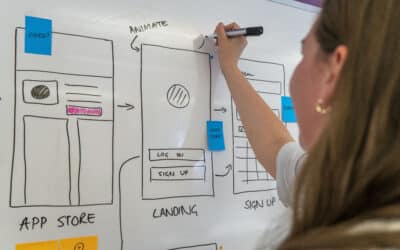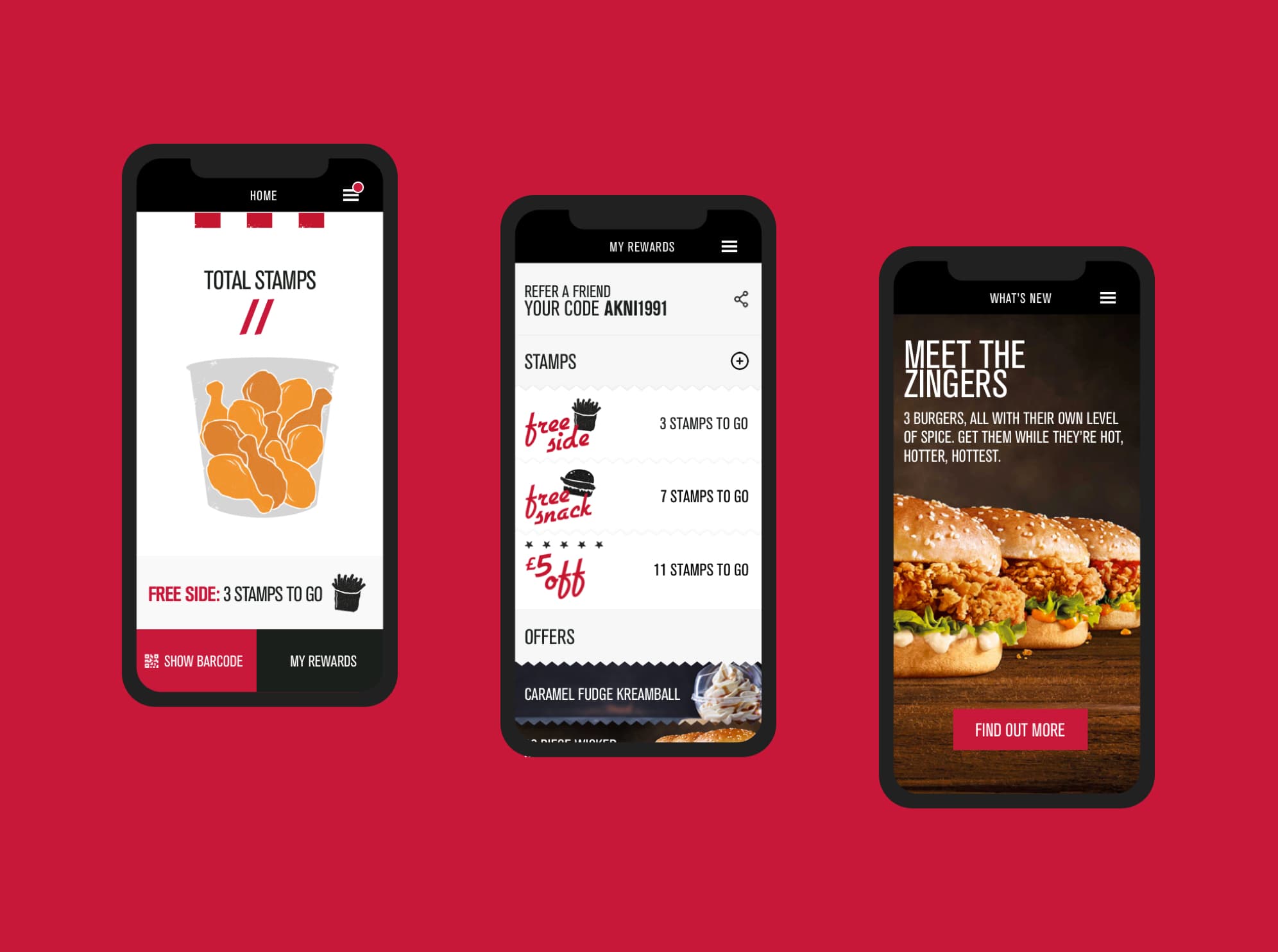You can’t go wrong by putting your customer first, says Ashley Bolser, managing director of Leeds digital agency Bolser
Many years ago, I read a management book on how to succeed in business, it was about 200 pages long and made one single point – if you put your customer first, you can’t go far wrong! It made that one point in many ways, showing examples in many different companies and circumstances. All these years later, that one point still stands.
As a business, delivering numerous digital projects, we always aim to put the users of our products first, there are some tried and tested ways to do this, here’s an easy list:
1. Understand the current situation from a user viewpoint
Client briefs are often written in terms of desired outcomes, business goals or financial targets. Many times, the starting point on the brief is to look at what the business wants rather than what a user or customer wants.
A great practical example for the agency was KFC and the Colonel’s Club loyalty app. Uptake was low and consumer use well below expectations, despite being a very generous and costly scheme. Naturally the brief asked for more customers, buying more often and with higher spends. Our starting point was to go in store and get behind the counter and ask the staff what they thought and speak to customers coming in as to what they wanted.
It turned out everybody wanted FREE CHICKEN! The old app was getting in the way, it didn’t make it simple or understandable for customers and staff to use. Once we knew that, our job to redesign the app was relatively straightforward.
As a business we have lots of experience getting out in the wild with clients. Companies like Jet2.com in Tenerife, finding out about the hard-working reps responsibilities and their holiday maker’s needs. At Battersea Power Station, we went onsite with the builders and spent time in the restaurants and bars. Bolser staffers have even been on tour with Caledonian Holidays.













